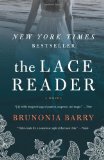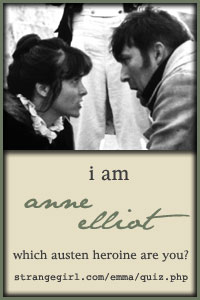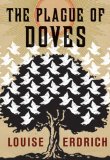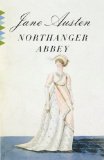The New York Times posted a review of Brunonia Barry’s novel, The Lace Reader. I thought the review was very fair and quite accurate, particularly about Towner’s creative writing stopping the forward motion of the plot, which was something I couldn’t articulate when I wrote my own review. Still, I think the book is well worth a read. Check it out!
When I have an opportunity, I’ll post my review of Bill Bryson’s Mother Tongue, which I finished reading last night. I am embarking on a re-read of Harry Potter and the Deathly Hallows before I turn back to new literature.







